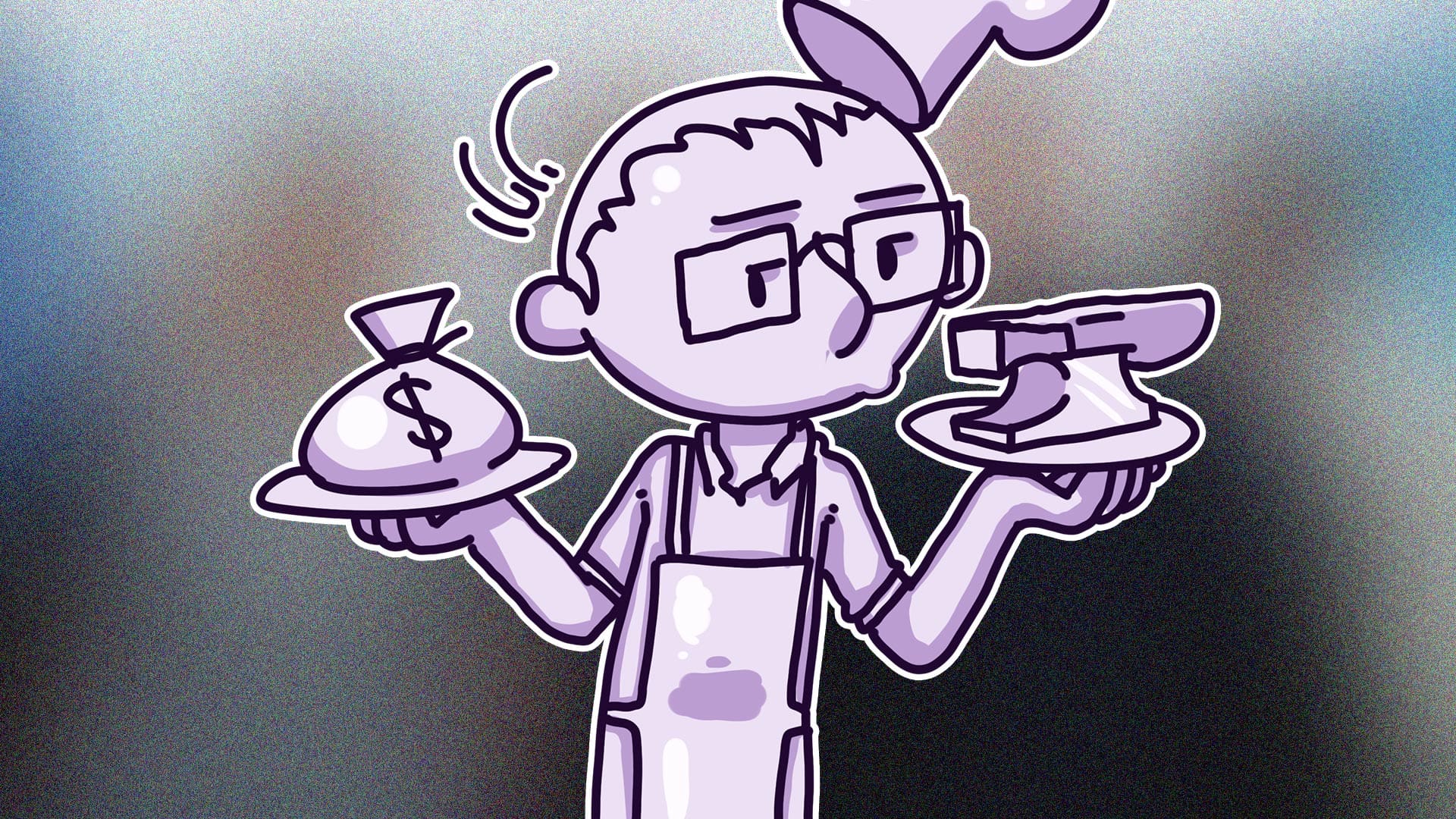Changing Levers
Change is a beautiful thing when it brings hope and new benefits but can be cruel and less palatable when it takes something away. Change is a force that continually balances our world, so we are adjusting to what is happening around us all the time. Most of the time we don’t even realise that it is happening but when we own or manage a business we need to direct and initiate that change. This article is a discussion of the two ways you can master leading change.
Incremental Improvement vs. Transformational Change: Strategies for Business Success
In the dynamic landscape of business and career development, employing both incremental improvement and transformational change strategies is essential for achieving success and securing better outcomes. As the communities and markets we operate in evolve, adapting through these strategies is crucial to maintain connections with customers, staff, and suppliers, and to avoid the pitfalls of obsolescence and failure.
Understanding Incremental and Transformational Change
Incremental change is most effective when there is untapped potential within an existing system or approach. It involves making small, continuous improvements to enhance performance and achieve better results without overhauling the entire system.
Transformational change, on the other hand, is required when the existing methods, equipment, or systems are fundamentally inadequate for achieving the desired outcomes, even when utilized to their fullest potential. This type of change often involves a complete rethink of processes and strategies to align with broader market or technological shifts.
Implementing Incremental Improvements
Successful businesses often run multiple incremental improvement projects within each department. These projects are typically aligned with the business owner’s or manager’s goals and priorities. In our coaching practice, we encourage clients to set annual priorities and break these down into manageable 90-day goals, fostering alignment and significant enhancements across the organization.
Case Study: Jerry’s Bakery
In April 2023, Jerry’s Bakery faced a challenging situation. Despite their efforts, they ended the financial year with a loss and struggled to attract new business due to competitive pricing issues. The management team committed to a 90-day focus on productivity improvements across all areas. They optimized rosters and identified efficiency gains, achieving a 10% improvement. While this returned the bakery to profitability, the gains were not sustainable for future growth.
Realizing the need for deeper change, the team envisioned starting anew. They sought to understand their clients better, particularly how customer preferences had evolved post-COVID. The decision was made to specialize in a narrower range of products that could be produced more efficiently with advanced machinery, focusing on larger clients in the hospitality industry and engaging directly with consumers through pop-up outlets and events.
This transformational change was substantial and involved difficult decisions, including staff redundancies. The management was transparent about the challenges, fostering a renewed team culture focused on quality, service, and profitability. Those who stayed were fully committed, driving the bakery towards a more focused and sustainable future.
Conclusion
Both incremental and transformational changes are vital for businesses to thrive in a changing world. Incremental improvements help in optimizing current practices, while transformational changes are necessary when a complete overhaul is needed to meet new challenges. By strategically applying these approaches, businesses can ensure sustained growth and resilience in the face of evolving market conditions

